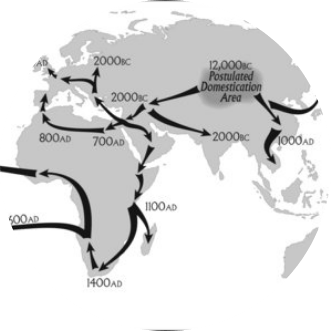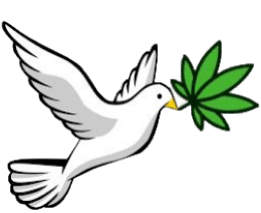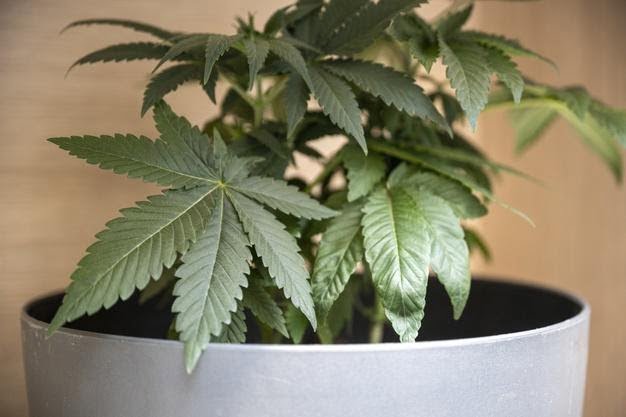History of Marijuana
The word Marijuana is quite contentious. In the early 20th century, some Mexicans immigrated to the US (it promoted racist sentiments in the US). At that time, Cannabis was legally imported across the borders. Interestingly, the plant was commonly known as Cannabis before, instead of “Marijuana.”
In the 1910s and 1920s, Marijuana got associated with Mexican immigrants. The US government used the term “Marijuana” in anti-cannabis propaganda to cement the association between Mexican immigrants and Cannabis. As a result, in the 1930s, the propaganda persisted and contributed to making Cannabis illegal.
To date, there is still confusion about what we should call Marijuana. Thereby, many people are not using the word Marijuana and use Cannabis instead. But, again, it has perplexed many because Cannabis species also include hemp.
Hemp is one of the varieties of Cannabis sativa plant species specifically grown to fulfill its derived products’ industrial uses.
Before the 1930s, people used marijuana plants for different purposes like paper, rope, and clothing production. Besides, the plant was grown for medical purposes and again for recreational drugs. Then, in the 1930s, due to the campaign, the first legal restriction was conducted.
In 1970, all cannabis herbs and products were banned under an act of controlled substances. To date, marijuana growth is prohibited. Well, the states have the right to legalize, and hence, some have started growing it for therapeutic benefits.
Below, you will know about the types of Cannabis.
The word Marijuana is quite contentious. In the early 20th century, some Mexicans immigrated to the US (it promoted racist sentiments in the US). At that time, Cannabis was legally imported across the borders. Interestingly, the plant was commonly known as Cannabis before, instead of “Marijuana.”
In the 1910s and 1920s, Marijuana got associated with Mexican immigrants. The US government used the term “Marijuana” in anti-cannabis propaganda to cement the association between Mexican immigrants and Cannabis. As a result, in the 1930s, the propaganda persisted and contributed to making Cannabis illegal.
To date, there is still confusion about what we should call Marijuana. Thereby, many people are not using the word Marijuana and use Cannabis instead. But, again, it has perplexed many because Cannabis species also include hemp.
Related Articles

Articles

















